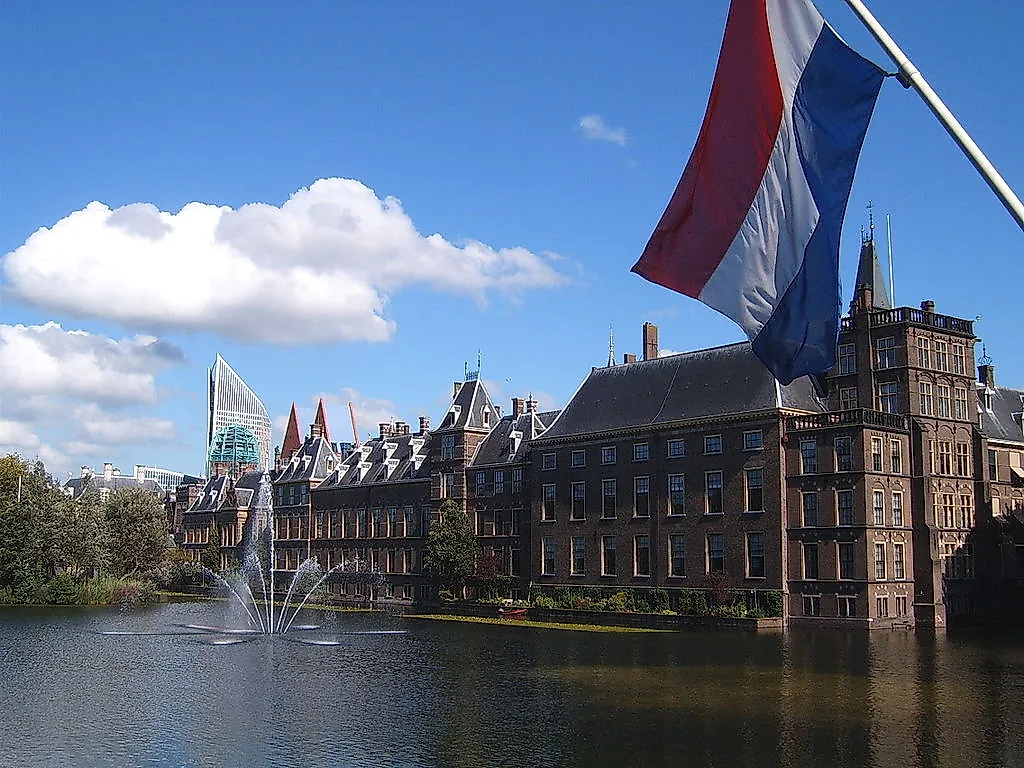What Type Of Government Does The Netherlands Have?

The Netherlands is the constituent country of the Kingdom of Netherlands. The country forms part of Western Europe. It also has island territories located in the Caribbean. The country has a population of about 17.1 million people as of January 2017 with the majority of the population being ethnically Dutch. Netherlands is a constitutional monarchy and a parliamentary democracy. The country’s governance and politics characterized by an effort to achieve consensus on important issues. Netherlands is one of the most democratic countries in the world according to the 2010 Economist ranking.
The Constitution And Politics Of the Netherlands
The country’s politics takes place in the context of parliamentary representative democracy, monarchy, and decentralized unitary state. The politics and governance in the country aim at gaining consensus on issues of great significance within the political class and the society. The constitution only applies in the European part of the kingdom while the kingdom itself has its statues containing its governance also including its territories in the Caribbean. There are no constitutional courts in Netherlands, and the judges are also not allowed to review laws. However, the international treaties and statutes overrule the Dutch law and the constitution. Any amendment to the constitution must be debated and approved by the two Houses of the State General. The major political institutions in the country are the monarchy, the parliament, the judiciary and the cabinet. Other levels of government include the Municipality, the provinces, and the water-board. There is no traditional separation of power in Netherlands with the parliament and the government sharing the legislative powers. The government exercises the executive powers while the judiciary is divided into two separate systems of court.
The Monarchy Of The Netherlands
The Netherlands has been ruled by the House of Orange-Nassau. The current monarchy was established in 1813 after the French were expelled from the country by the Prince of Orange and was confirmed in 1815. Constitutionally, the monarch heads the state and plays an important in establishing the government and the legislative process. The monarch chairs the Council of State as an ex officio member and advises the cabinet. The king appoints a person who chairs the cabinet formation talks and appoints the cabinet after the formation talks are concluded.
The Cabinet Of The Netherlands
The government of Netherlands is composed of the monarch and the cabinet. The monarch’s function is limited to forming the government and has no direct influence on the decisions of the government. The ministers form the Council of Ministers who initiate and formulate government policies. The executive council meets every Friday at the Binnenhof to deliberate on issues affecting the state and formulate policies. Most of the ministers head government ministries while the appointment of ministers without portfolios is also allowed.
State General And The Judiciary Of The Netherlands
The Dutch parliament is also known as the State General and is divided into the Lower (Second) Chamber and the Upper (First) Chamber. Both houses legislate laws and discuss actions of the cabinet. Members of the Upper House are elected after every four years while the members of the lower house are elected indirectly by the Provincial counselors. The judiciary is made up of district courts, courts of appeal, and the Supreme Court. The government has the power to make judicial appointments while judges are appointed are allowed to hold offices until they attain the age of 70 years











